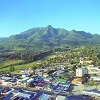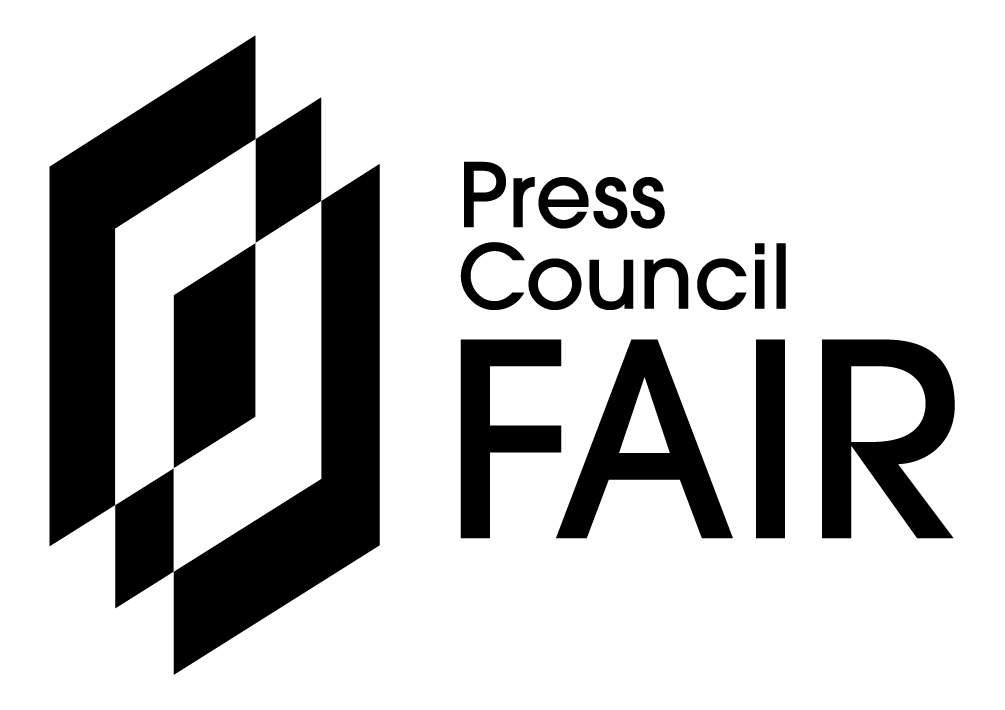GEORGE NEWS - The George Municipality urgently appeals to residents, businesses and visitors in George to co-operate by further reducing their water consumption.
The Garden Route Dam’s water levels stood at 50.98% as of Tuesday 25 November, and the 12mm of rain recorded in the seven days up to Monday 24 November had not stabilised the dam levels or offset the city’s rising water demand.
Level 2B water restrictions are in place.
Mayor Browen Johnson says now is a critical time for George as we head into the peak tourism period. “Our dam levels are dropping and demand is increasing as visitors arrive for the festive season.
"I urge everyone, from households to businesses and guests, to use water responsibly. Saving water now is not just necessary - it is our shared responsibility to secure George’s future.”
With the combination of reduced rainfall, high evaporation rates and increasing population activity during December and January, consistent water-saving behaviour is paramount, says Johnson.
2009 drought
On Thursday 26 November 2009, in the midst of a severe drought, George Herald published an article on the dam level that had stood at 23.2%, with Day Zero looming only two months further on.
The article stated that at the time, the municipality was stepping up policing of water wastage and applying punitive tariffs. Some 9 000 households were exceeding the allowed maximum usage of 15kL per month, and the first batch of flow restrictors acquired were to be installed.
A smaller population then consumed between 8 to 10ML per day, about a third of today’s 34ML average. It was during this time that the ultrafiltration plant was built and introduced.
Says Ken Gie, a local activist for water management: “I hope we are not heading towards a Day Zero as back in 2009. The difference now is that the population growth has increased exponentially and more silt has deposited at the bottom of the dam during the past 16 years. The percentages quoted of how full the dam is are not accurate.”
Harvest shower water - help save 8.1 million litres
Gie says in addition to adhering to the municipality’s current restrictions, residents can make a further massive saving by using grey water to flush toilets. “If shower water is harvested in buckets and poured into the toilet cisterns or directly into the bowl, 8.1 million litres will be saved in a single day, which equates to 243 million litres per month.”
One flush of an average toilet uses 13.5L. With 300 000 people flushing at least twice a day each, that comes to 8.1 million litres (or 8.1ML). That is about 23.8% of the total consumption.
“It will also bring about cost savings, as the process of making raw water potable is extremely expensive.
"Builders should also extract water directly from the dam to be taken by tankers to building sites.
"Rainwater harvested from huge roof surface areas of malls and other large buildings can be used for their own toilets or sold to the municipality to supply the toilets of closely located residential estates,” suggests Kie.
“This will be a costly exercise, but not as costly if we reach Day Zero, when water has to be transported to every household and industries that use water. The economic and social consequences are too ghastly to contemplate.”
‘We bring you the latest Garden Route, Hessequa, Karoo news’
















